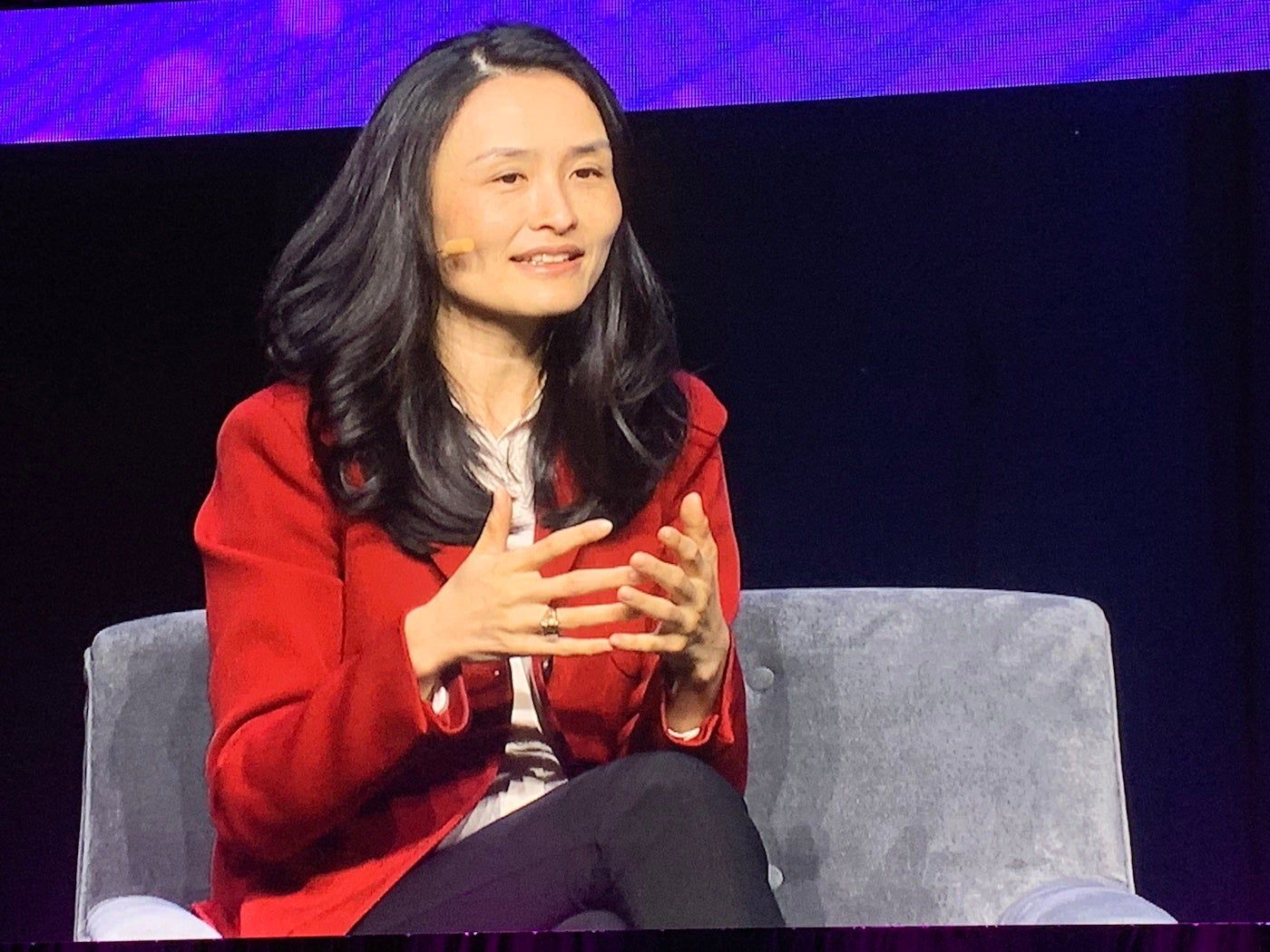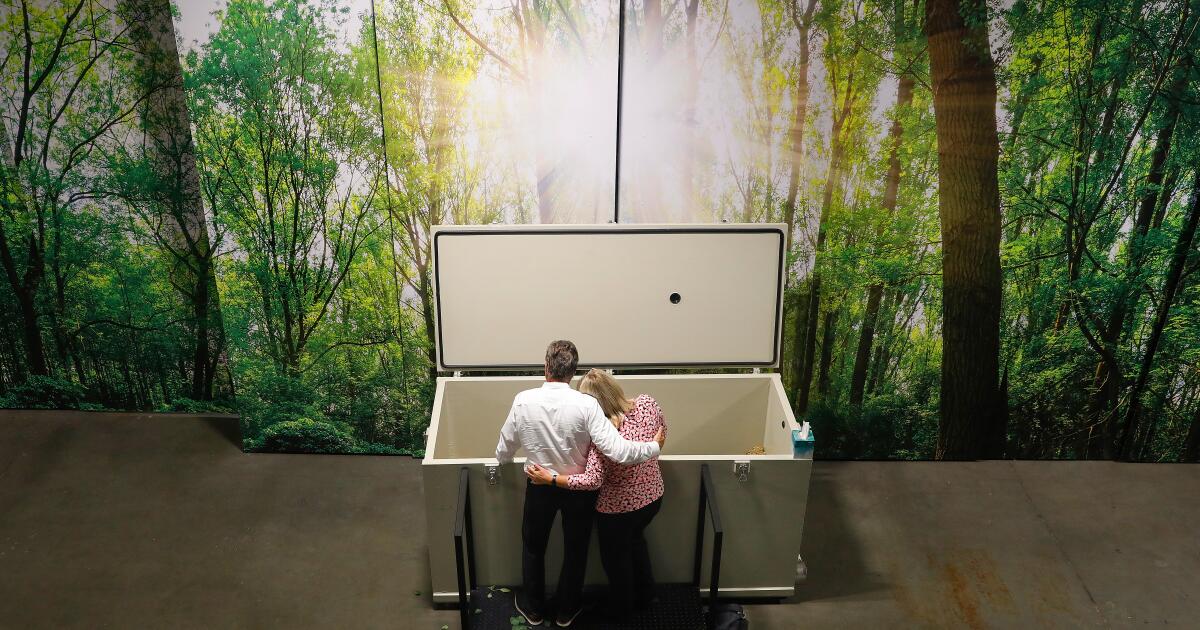Google has presented plans to lead the way in the adoption of nuclear energy for the data center. In Data Center World 2025 in Washington DC, the company explained some of the details of its association with Kairos Power to develop up to 500 MW of nuclear energy through small modular reactors (SMrs). Backed by a subsidy of $ 300 million of the advanced reactor demonstration program of the US Department of Energy.
“The race towards the data centers promoted by AI is accelerating, and ensuring sustainable and reliable energy at a scale is more critical than ever,” said Lucia Tian, director of clean energy and decarbonization in Google. “This project is a facet of Google's goal to be carbon free at a base of 24 x 7 x 365 when equalizing our electricity demand with clean sources.”
In recent years, the company has been an important buyer of wind and solar energy resources, but the energy requirements of the latest generative applications of AI have changed the game. Google needs more power than ever and is developing a wide portfolio of clean energy assets; This now includes nuclear energy and geothermal energy.
“This strategy is much more profitable and reliable, since we need to operate more than wind and lot variables,” Tian said.
Anyone who wants to build a new large -scale nuclear plant can wait until a decade before experiencing the benefits in terms of available energy production. SMRs are seen as a way to reduce delay. The first units are expected to enter the operation at the end of the decade.
Nuclear energy grows in public acceptance
Tian touched the abrupt face in public perception about nuclear energy. In the last two years, everything has changed, he said. Until 2022, nuclear plants were being closed or scheduled for dismantling; Now, the dismantled facilities such as Palisades in Michigan and Three Mile Island in Pennsylvania are being recommended. In addition, some of these recommendation facilities will also house new SMR.
“Support for new nuclear energy has increased in the United States in recent years,” Tian said. “Those communities where there is an active generation of nuclear energy are incredibly support. However, some countries accept less nuclear energy, and we have to be sensitive to local needs.”
See: Google, Amazon, a target goal of a massively more global nuclear capacity for 2050
Partner for nuclear success
Tian emphasized the importance of associating in the development of nuclear energy resources. Google is an expert in Cloud, Search, AI and many other facets of it, but not of energy generation; Therefore, the company's association with Kairos Power in the development of SMrs.
Jeff Olson, Vice President of Business Development and Finance of Kairos Power, said Google is catalyzing the rebirth of nuclear energy and SMR in the United States. Your company is developing and marketing a 150 MW reactor; The modules of this size can be grouped to create larger generation blocks.
The initial SMR designs of an climbing version have undergone extensive tests. Once finished, a full -size unit will be built and validated before Kairos enters the marketing phase.
“We thought that public services would be our first customers, but Google arrived with a strong desire to accelerate development,” said Olson.
Larger SMRs for data centers
Kairos Power thought that 150 MW would be more than enough for the data centers market, but customers like Google are now talking about 1 GW Data Centers. This need can be satisfied, he said, combining a series of 150 MW SMR units in one site.
“The more units deployment, the greater the economies of scale,” said Olson. “The data center industry is inspiring nuclear innovation, and AI is creating demand.”












